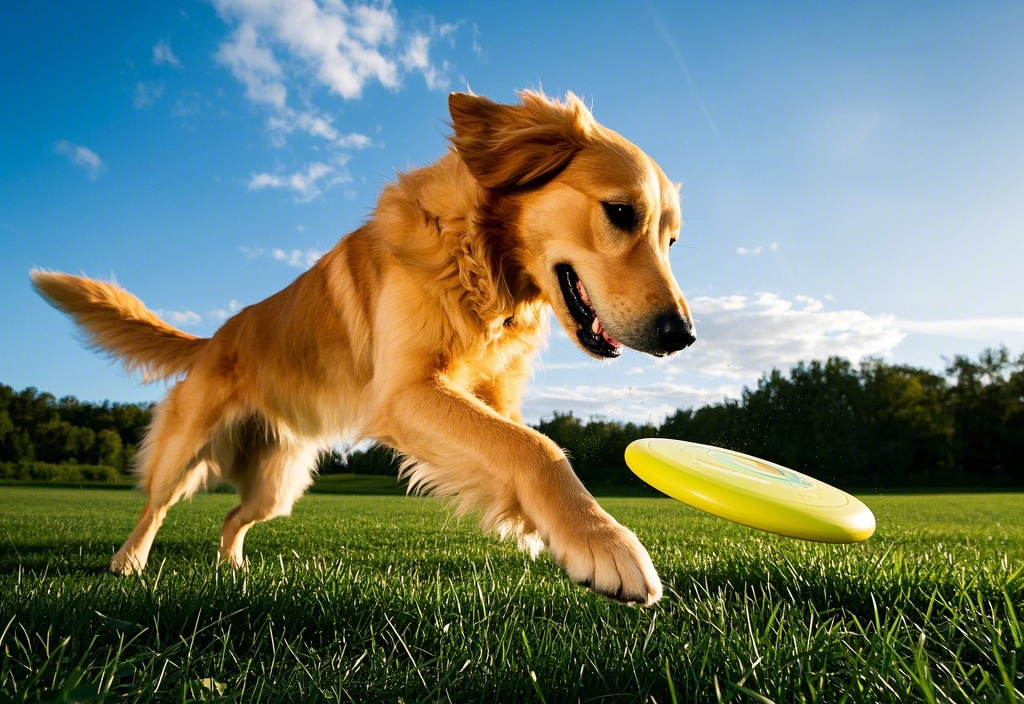10 Essential Tips for New Puppy Owners: Helping Your Pup Adjust to a New Home
Bringing home a new puppy is an exciting adventure, but it also comes with challenges. To help your furry friend settle in smoothly, here are 10 science-backed adaptation techniques every new owner should know.
1. Create a Cozy Safe Space
Set up a quiet corner with a soft bed or crate lined with familiar-smelling items like the breeder's blanket[1,5](@ref). Puppies feel secure in enclosed spaces - consider using a properly sized crate (big enough to stand/turn) with chew toys[2,6](@ref). This becomes their "security base" while exploring new surroundings.
2. Maintain Feeding Consistency
Stick to the breeder's diet for the first week, gradually transitioning using the 7-day method[2,3](@ref). For young puppies:
- Soak dry kibble in warm water
- Feed 4 small meals daily (3 months old)
- Use stainless steel bowls
3. Master the Quiet Time Approach
Resist overwhelming your puppy with attention. Let them explore independently while you sit nearby, speaking softly[1,5](@ref). Wait for them to initiate contact before petting. This builds trust naturally[3,6](@ref).
4. Establish Toilet Training Routines
Take puppies out:
- Immediately after waking
- 15 minutes post-meal
- Every 2-3 hours
5. Implement Crate Training Properly
Make the crate inviting with soft bedding and interactive toys. Start with short durations (30 mins), gradually increasing. Never use it for punishment[2,3](@ref). Covering the crate with a breathable cloth can reduce nighttime anxiety[2](@ref).
6. Manage Nighttime Whining
If puppy cries:
- Ensure basic needs are met (toilet/water)
- Use white noise machines
- Try calming pheromone sprays
7. Begin Basic Obedience Training
Start simple commands during meals:
- "Sit" before placing food down
- "Wait" before releasing to eat
8. Socialization & Health Basics
After vaccinations:
- Schedule vet visits for core vaccines (DHPP at 6-8-12-16 weeks)[2,3](@ref)
- Begin parasite prevention (monthly topical treatments)[3](@ref)
- Expose to various sounds/surfaces gradually
9. Chewing Management
Provide appropriate outlets:
- Freeze rubber toys with peanut butter
- Rotate chew toys weekly
- Use bitter apple spray on forbidden items
10. Family Participation Plan
Assign roles:
- Feeding schedule manager
- Walk coordinator
- Grooming specialist
Remember, adjustment takes 2-3 weeks. Stay patient and celebrate small progress. For complete guides on puppy care routines and professional training support, refer to veterinary-approved resources[3,6](@ref).





Leave a comment
All comments are moderated before being published.
This site is protected by hCaptcha and the hCaptcha Privacy Policy and Terms of Service apply.